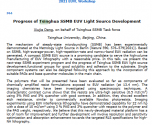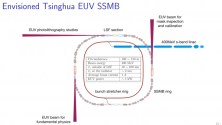Well ROC Coast Guard hasn't been protecting their own fishermen from JPN CG, so they have to do something...Say that to the mainland fishermen they've been abusing.
ROC Fishermen are sometimes flying PRC flags
Was this posted yet?
Wonder if DPP will make American headhunters illegal too...


